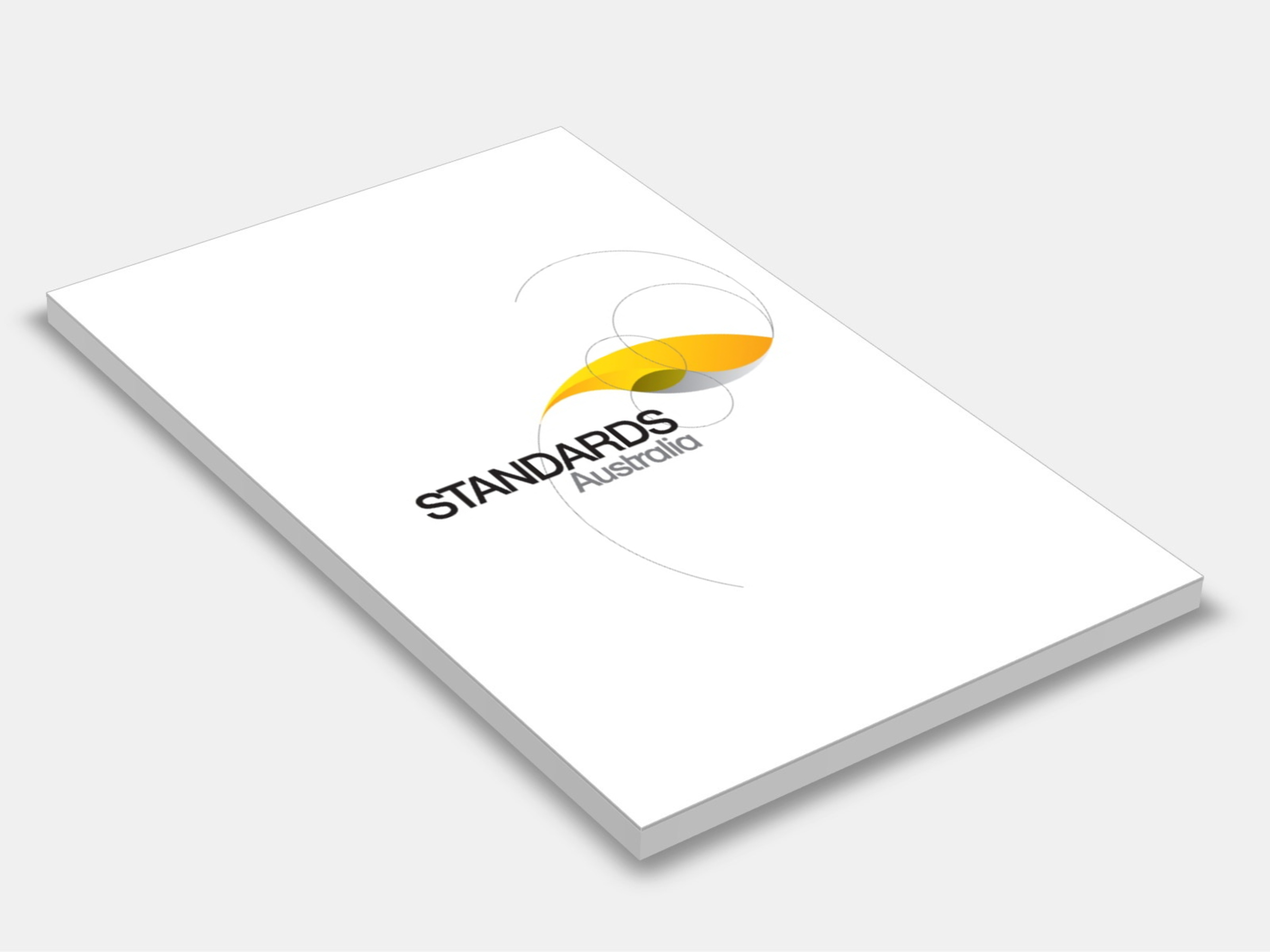
Type
Publisher
Standards Australia
Publisher
Standards Australia
Version:
Sixth Edition 2017.
(Current)
Short Description
Provides requirements for the planning, design, construction, and safe operation of all installations in which flammable or combustible liquids are stored or handled. In separate sections it deals with minor storage, package storage and handling, storage in tanks, fuel dispensing, piping and tank auxiliaries, operations and fire protection facilities. Appendices deal with tank venting, combustion characteristics, fire exposure protection, gas-freeing precautions and principles, and power station and grid transformers.
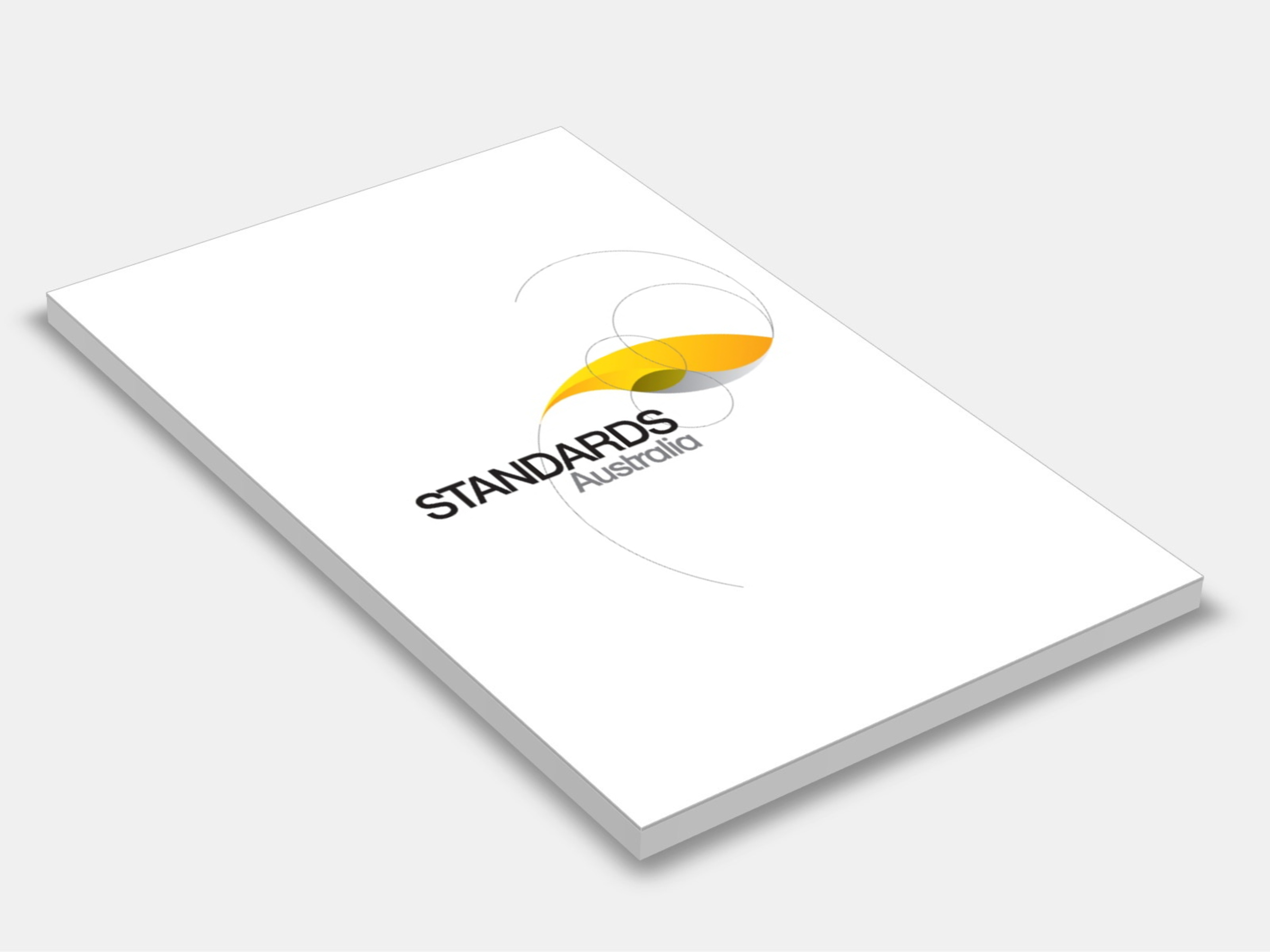
Type
Publisher
Standards Australia
Publisher
Standards Australia
Version:
Second Edition 2004.
(Current)
Short Description
Sets out requirements and recommendations for the storage and handling of gases in cylinders, as classified as Class 2 dangerous goods in the ADG Code. It applies to stores where individual gases (other than those which are covered by specific Australian Standards) are kept, and to stores where more than one type of gas is kept. Requirements for the location, construction and ventilation of stores are given. Recommendations for the management of emergencies and actions in the event of fire are provided in appendices.
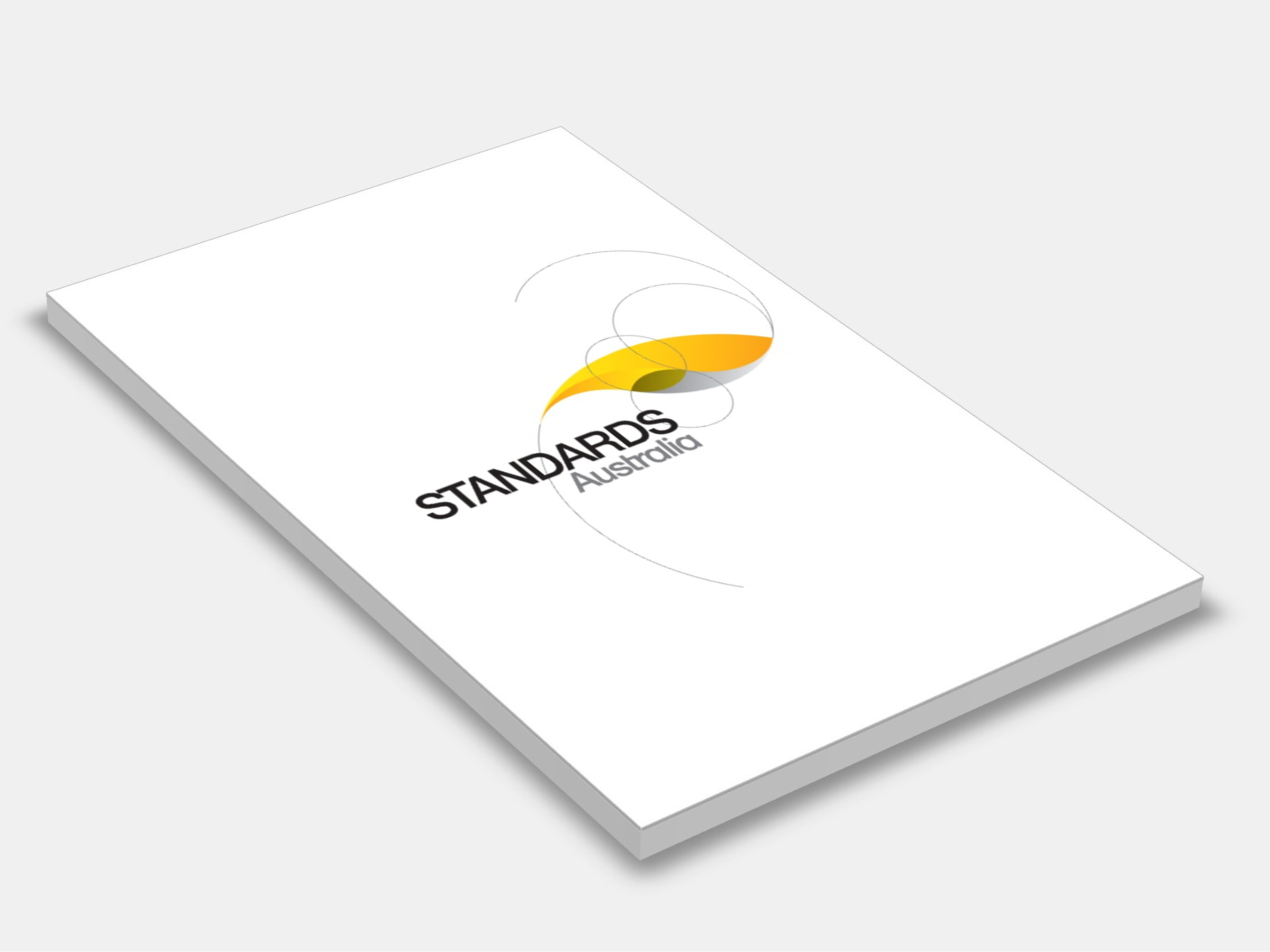
Type
Publisher
Standards Australia
Publisher
Standards Australia
Version:
First Edition 2024.
(Current)
Short Description
Provides minimum acceptable safety requirements for installations where more than one class of dangerous goods is stored and handled, whether in packages or intermediate bulk containers (IBCs) of up to 1.6 m3 capacity.
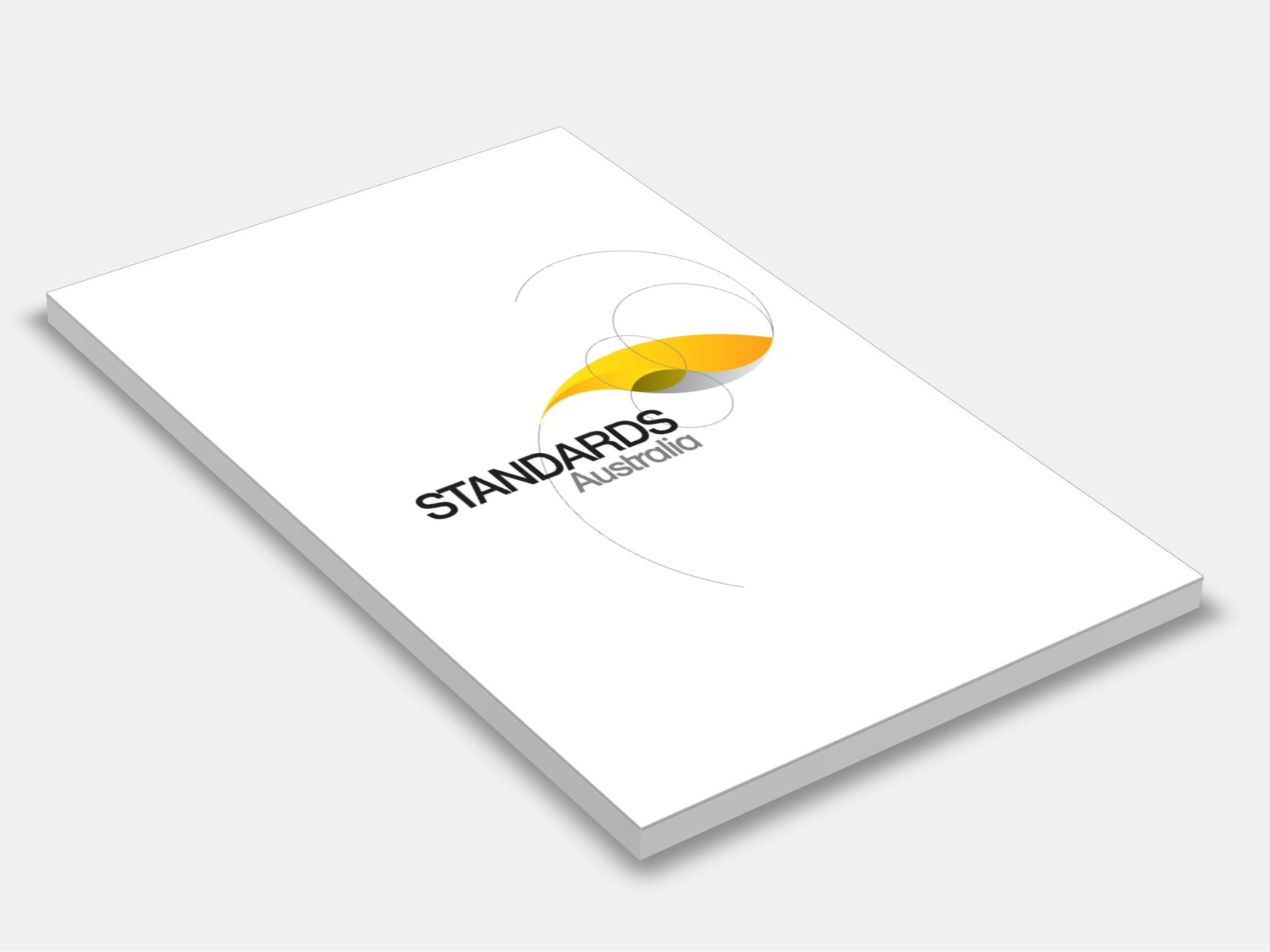
Type
Publisher
Standards Australia
Publisher
Standards Australia
Version:
Second Edition 2008.
(Current)
Short Description
Provides requirements and recommendations for the storage and handling of oxidizing agents of dangerous goods of Division 5.1. Sets out requirements for storage, handling, operational safety, emergency planning and fire protection for all Division 5.1 dangerous goods and provides specific storage requirements for hydrogen peroxide and ammonium nitrate.
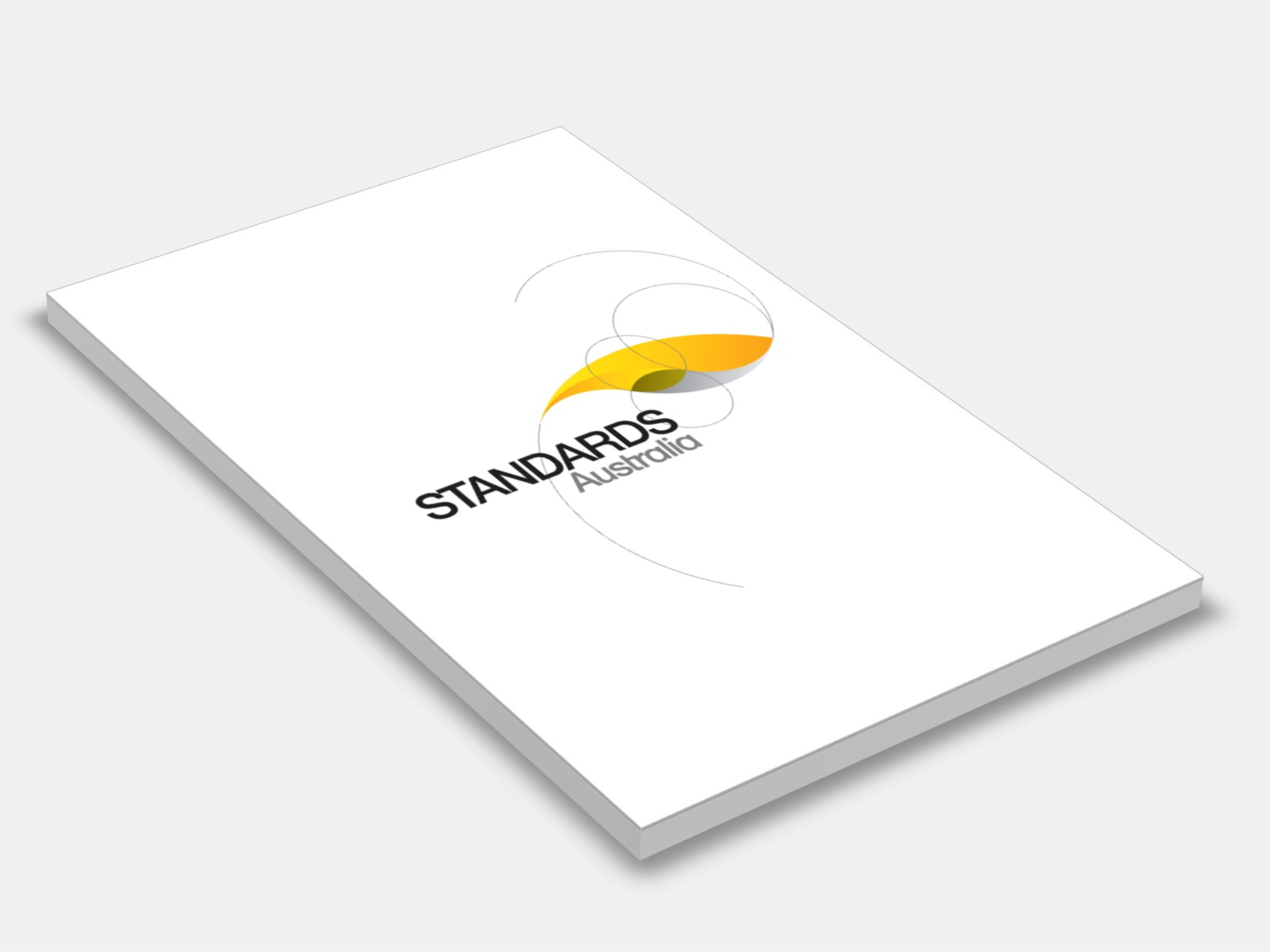
Type
Publisher
Standards Australia
Publisher
Standards Australia
Version:
Third Edition 2023.
(Current)
Short Description
AS 3780:2023 sets out requirements and recommendations for the safe storage and handling of corrosive substances, i.e. substances that meet the Class 8 classification criteria of the ADG Code
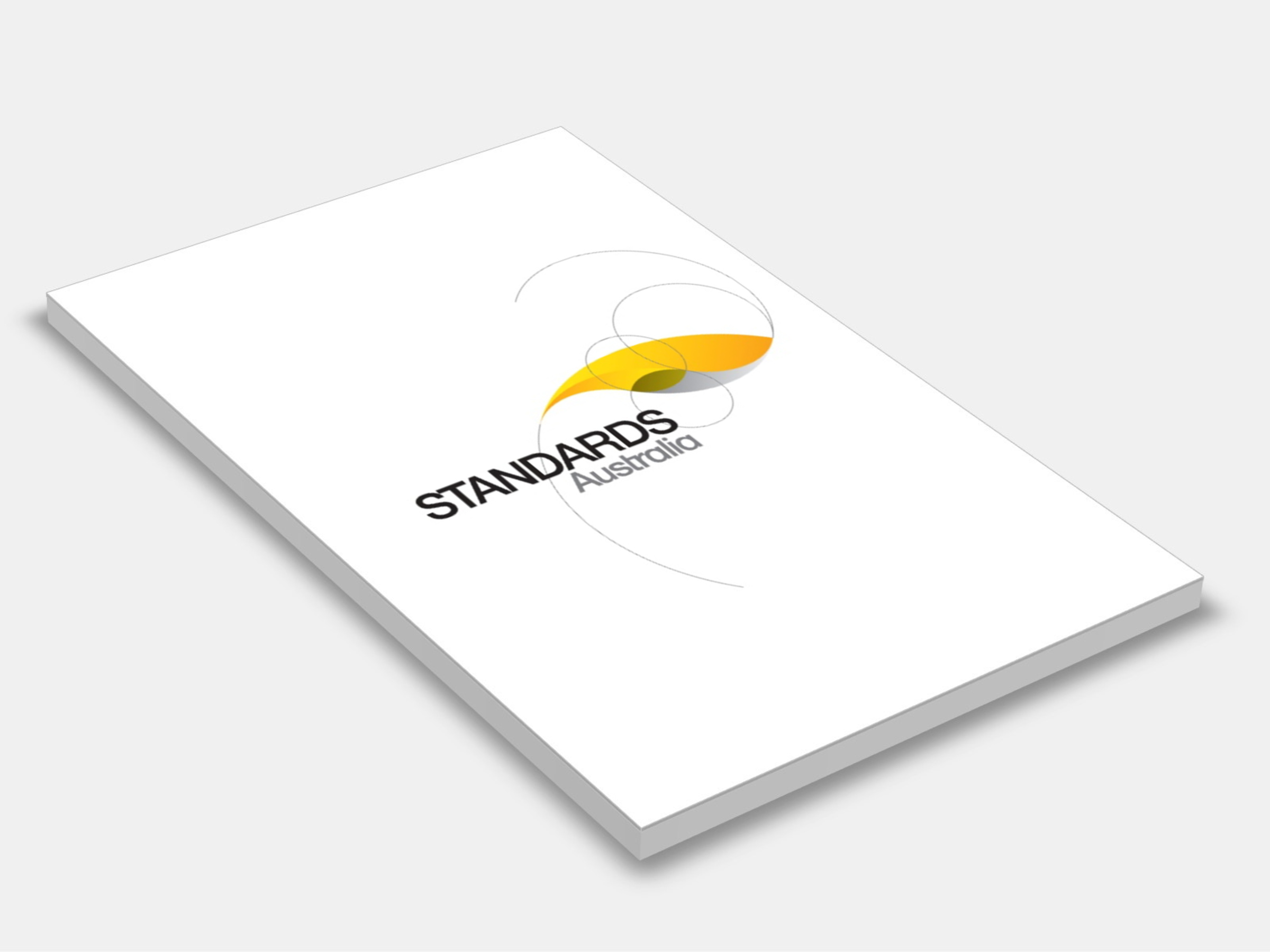
Type
Publisher
Standards Australia
Publisher
Standards Australia
Version:
Third Edition 2010.
(Available Superseded)
Short Description
Provides the building industry with procedures that can be used to determine building practice, to design or check construction details, and to determine member sizes, and bracing and fixing requirements for timber-framed construction in cyclonic areas.
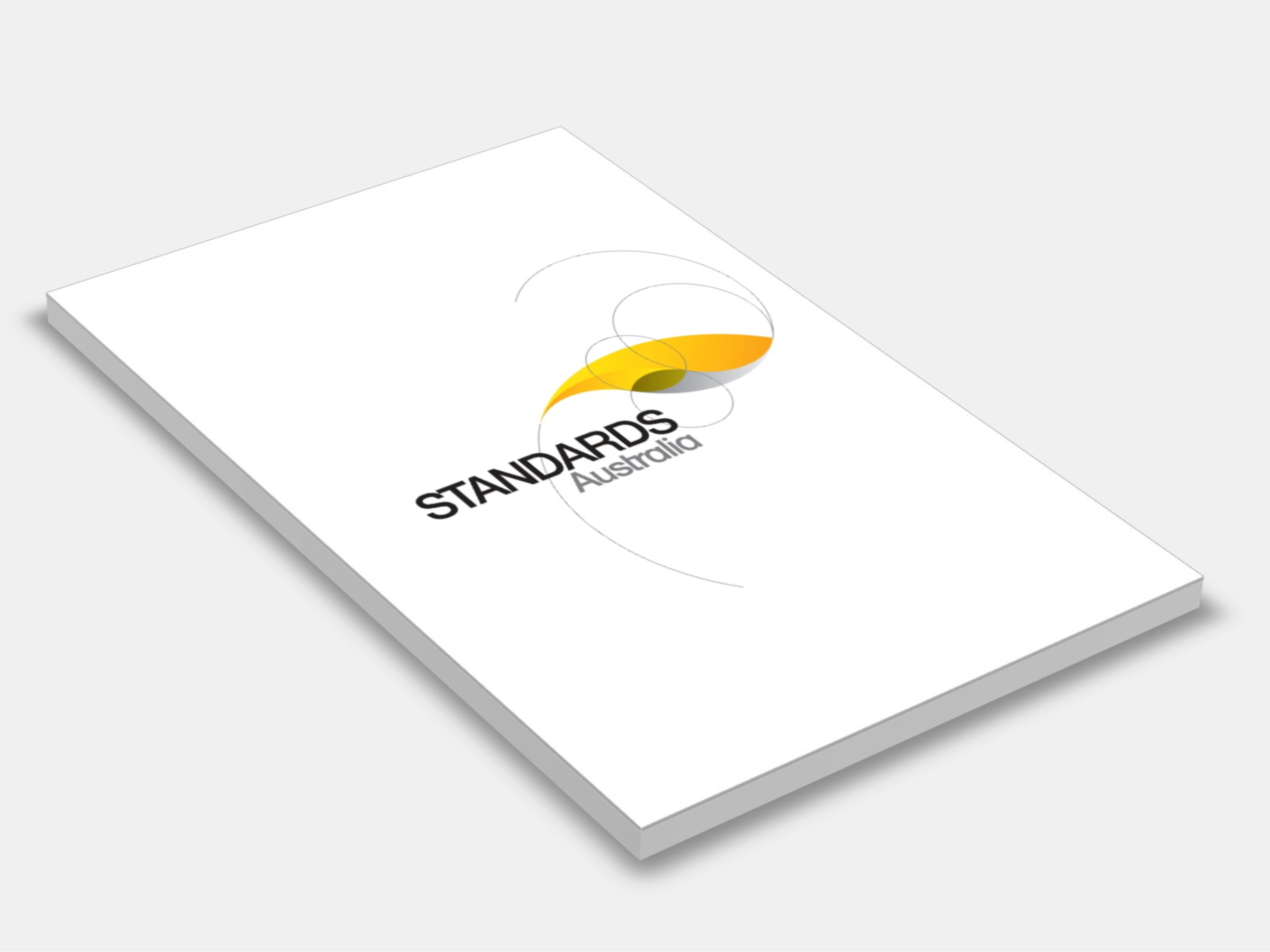
Type
Publisher
Standards Australia
Publisher
Standards Australia
Version:
Second Edition 1994.
(Available Superseded)
Short Description
Specifies design requirements and materials for the waterproofing of shower areas and areas subject to infrequent wetting or splashing within residential buildings.
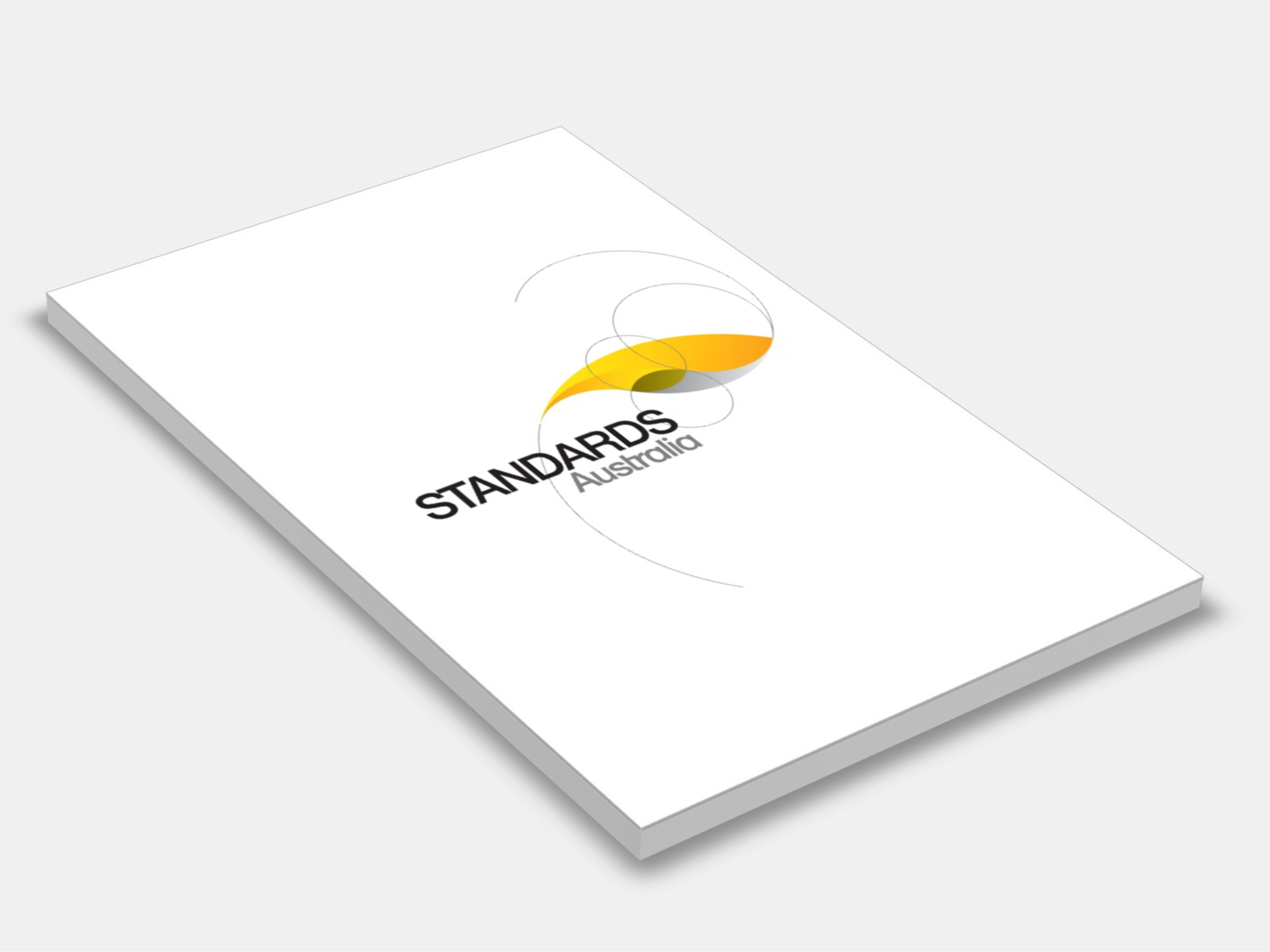
Type
Publisher
Standards Australia
Publisher
Standards Australia
Version:
First Edition 1991.
(Superseded)
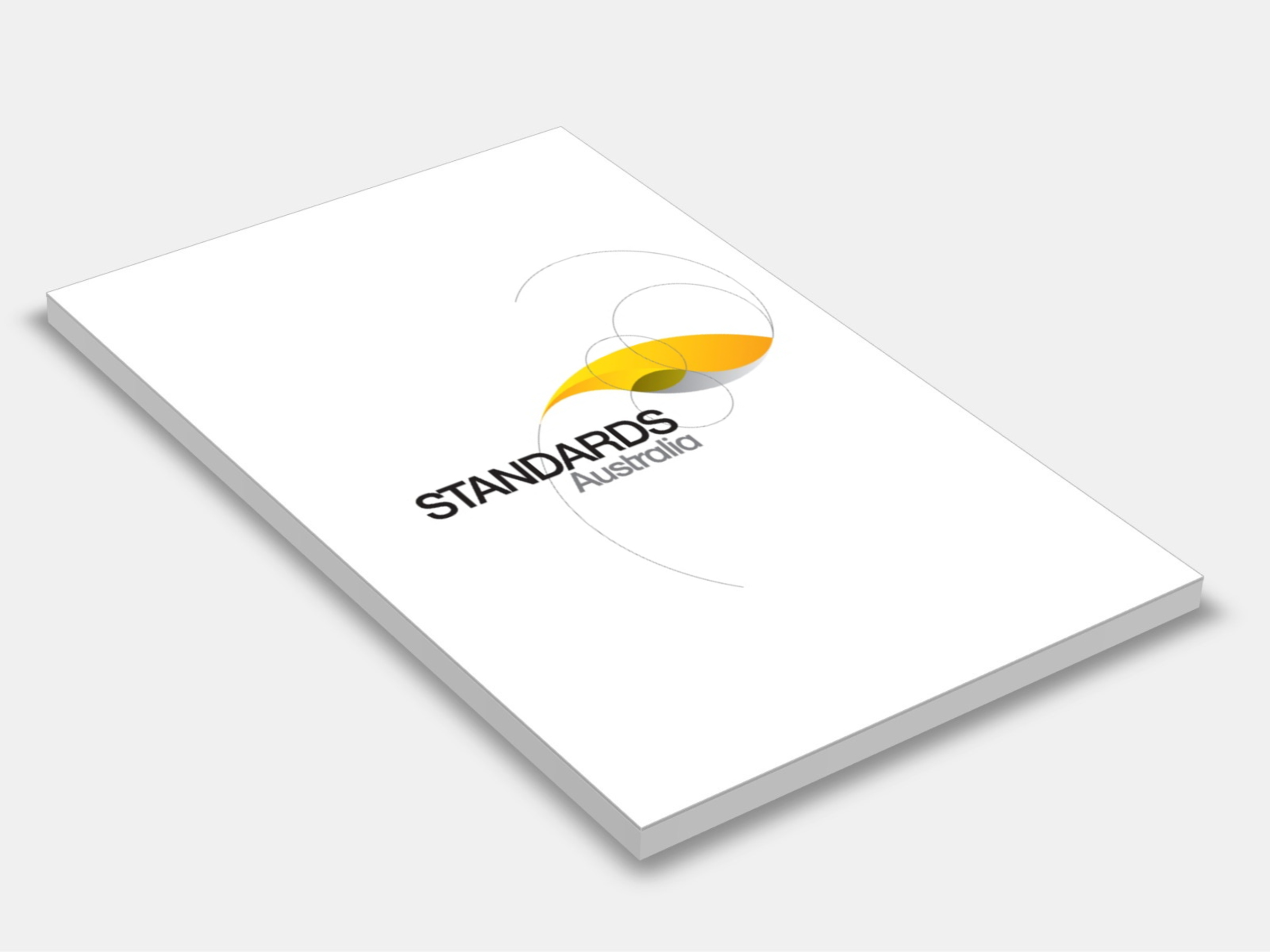
Type
Publisher
Standards Australia
Publisher
Standards Australia
Version:
Second Edition 1998.
(Available Superseded)
Short Description
Sets out minimum requirements for the design, fabrication, erection, and modification of steelwork in structures in accordance with the limit states design method
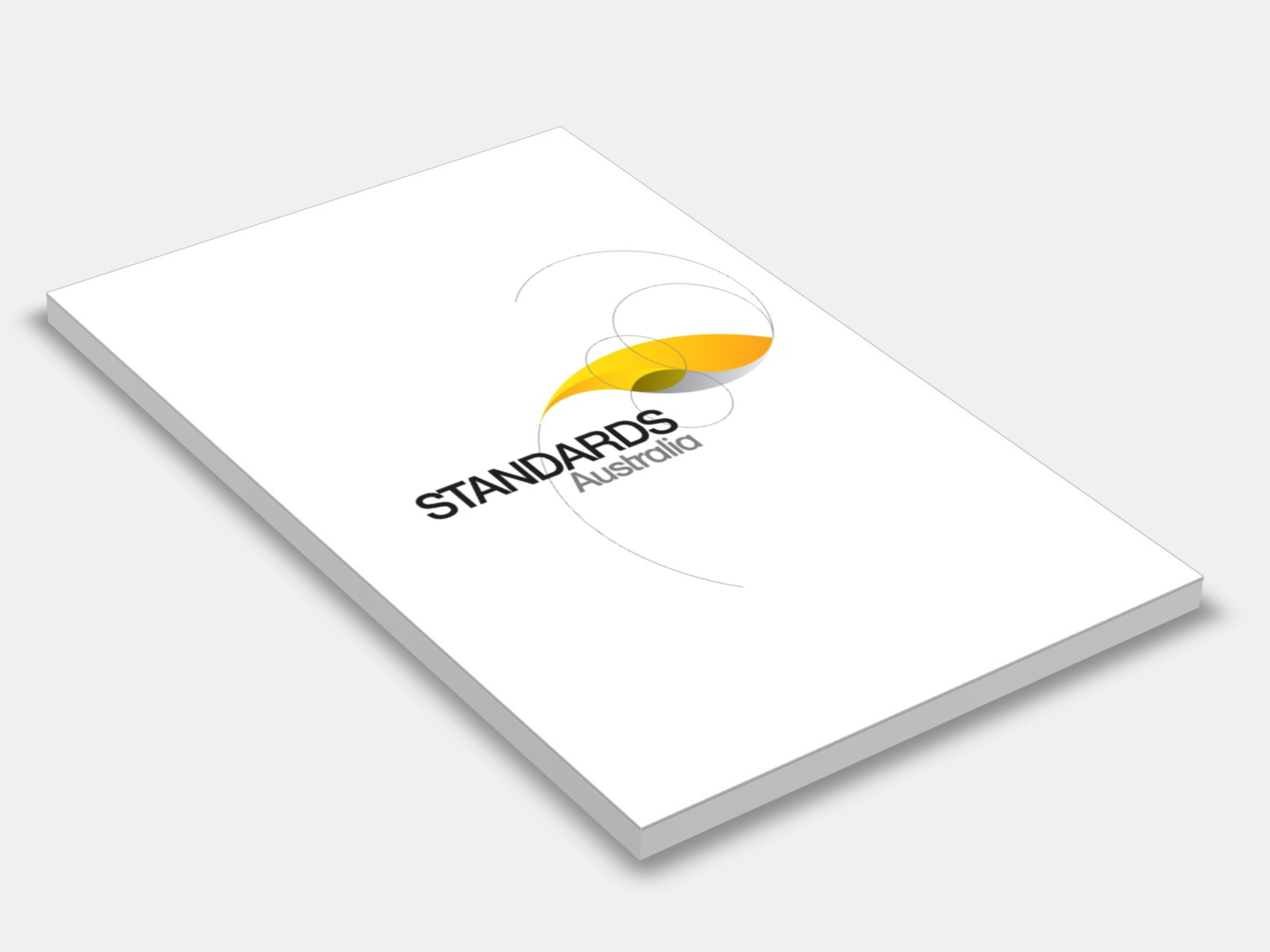
Type
Publisher
Standards Australia
Publisher
Standards Australia
Version:
First Edition 1999.
(Superseded)
Short Description
Specifies requirements for building practice and for the selection, placement and fixing of the various structural elements used in the construction of timber-framed Class 1 and Class 10 buildings, as defined in the Building Code of Australia, for non-cyclonic wind classifications N1 and N2.